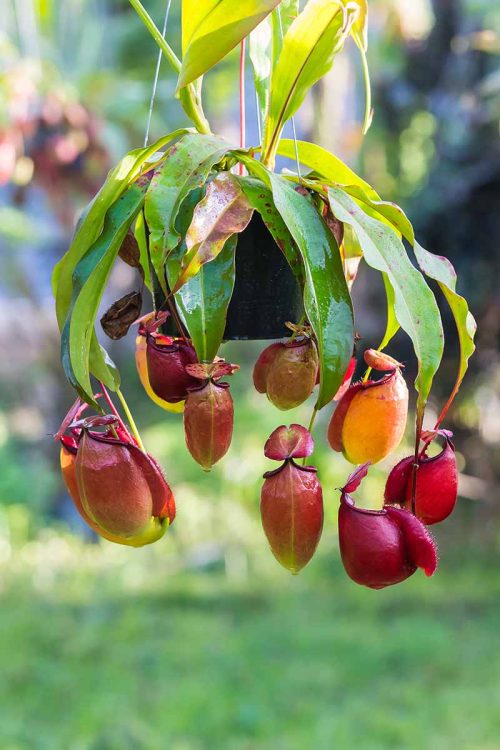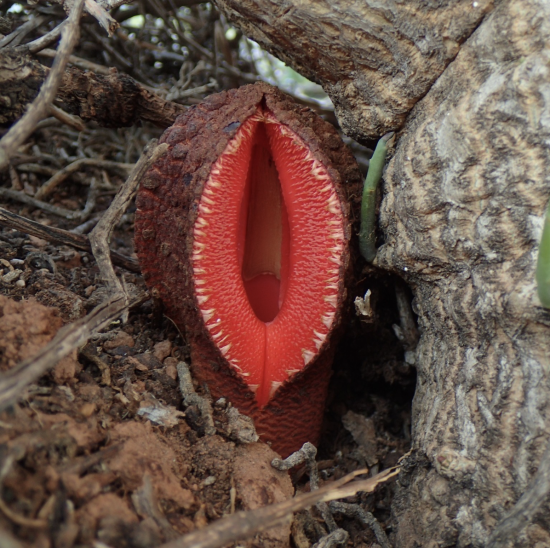Do you know there are Piranha Plants that Resemble the ones you see in Mario Games? Surprised? Don’t be! Read on to learn about them!
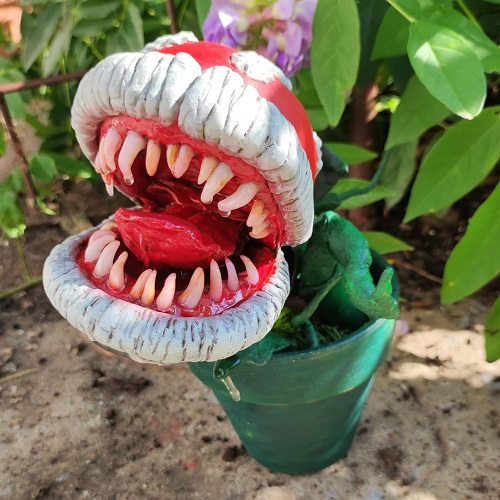
Welcome to the intriguing universe of Piranha Plants! These iconic, carnivorous adversaries have been a staple in the Super Mario franchise, lurking in warp pipes and snapping at anyone daring to pass by.
Are there any Piranha Plants in the Real World?
In reality, there are no plants officially called “Piranha Plants,” but there are some fascinating carnivorous plants that share a few characteristics with their fictional counterparts.
In this article, we’ll delve into the world of carnivorous plants, including some lesser-known species like Hydnora africana, while drawing parallels to the beloved “Mario” game series.
Here are some quirky mushrooms that look like brain!
Specimens that Look Like Piranha Plants
1. Venus Flytrap
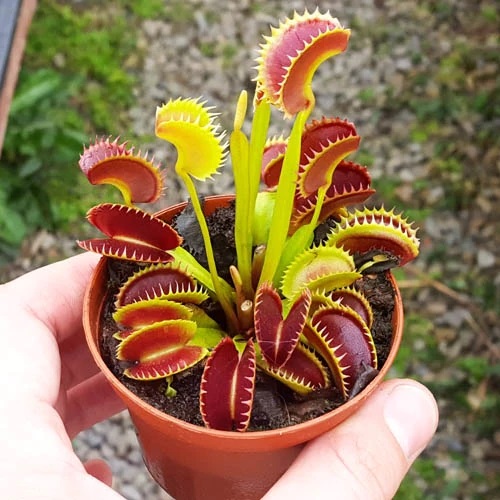
The Venus Flytrap is perhaps the most famous carnivorous plant, capturing insects with its hinged trap leaves.
It may not resemble the Piranha Plant in appearance, but its quick snapping action when triggered by insects shares a sense of surprise and ambush with its virtual counterpart.
2. Sundew

Sundews have tentacle-like, glandular hairs on their leaves, which resemble the teeth of Piranha Plants in a way.
These hairs secrete sticky substances to capture insects, demonstrating a similar trapping mechanism to the iconic game enemy.
Here’s all about growing Sundew plants indoors
3. Nepenthes
Botanical Name: Nepenthes
Nepenthes, or tropical pitcher plants, feature hanging pitchers that are like nature’s version of the Piranha Plant’s “mouth.” Insects are lured to their doom within these carnivorous chambers.
4. Butterwort
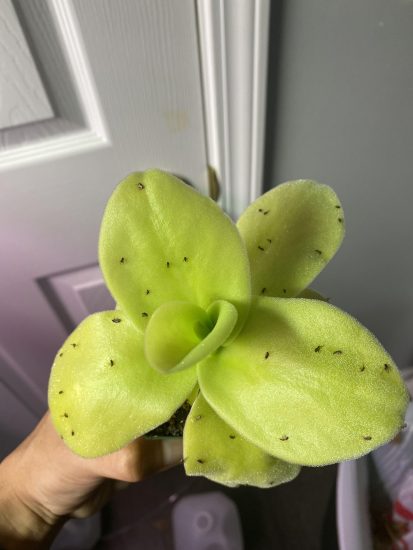
Botanical Name: Pinguicula spp.
Butterworts employ flat, sticky leaves to capture small insects. While not visually similar to Piranha Plants, their approach to insect capture shares a common carnivorous trait.
Everything About Growing Butterwort: Sticky Trap for Insects
5. Hydnora
Botanical Name: Hydnora africana
This unique plant is native to southern Africa, grows underground, and is known for its unusual appearance. While it doesn’t directly resemble the Piranha Plant, its subterranean lifestyle shares an element of surprise.
When fully mature, it emerges from the ground to reveal its fleshy, brownish flower, which attracts pollinators with its foul odor.
It may not capture insects like the others, but its mysterious growth habit is a reminder of the surprises that both nature and the Mario games have to offer.
6. Pitcher Plant
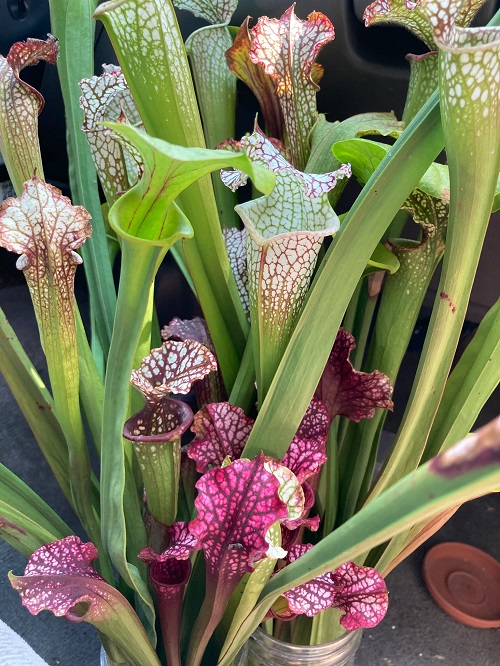
Pitcher Plants, such as Sarracenia purpurea and Sarracenia leucophylla, have tube-shaped leaves that form a pitcher-like structure to trap insects.
While they don’t pop out of pipes, they do lure insects into their deceptive chambers, where they meet a similar fate.
Conclusion
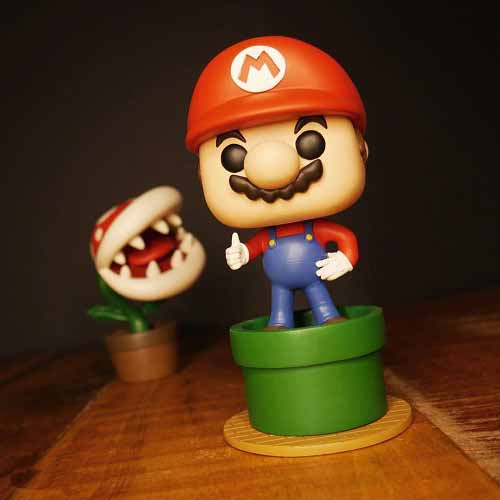
Carnivorous plants, with their captivating adaptations for capturing prey, continue to intrigue and inspire us. While they may not be “Piranha Plants” in the strictest sense, their real-world counterparts remind us that the boundary between nature and imagination is rich with wonder and discovery.

